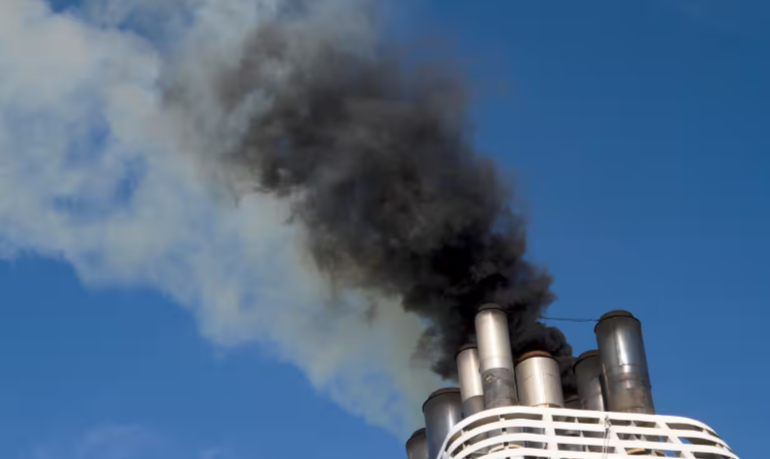Global Climate Target of 2C No Longer Achievable, Warns Leading Scientist

In a recent analysis, climate scientist Professor James Hansen has asserted that the international target to limit global warming to 2C above pre-industrial levels is no longer feasible.
Hansen, renowned for his pioneering 1988 congressional testimony on climate change, cited the combined effects of rising global energy consumption and underestimated climate sensitivities as primary factors behind this grim assessment.
The research, conducted by Hansen and colleagues at Columbia University, indicates that the climate’s sensitivity to greenhouse gas emissions and the impact of reduced sun-blocking pollution from shipping are greater than previously estimated. Independent climate experts have acknowledged the findings as credible but emphasized that they represent the higher end of existing scientific estimates.
According to the analysis, global heating is likely to reach the 2C threshold by 2045 unless drastic mitigation efforts, such as solar geoengineering, are adopted. Hansen’s team linked recent record-breaking temperatures to reduced aerosol pollution following the implementation of anti-pollution regulations in 2020. These regulations sharply curtailed sulphate emissions from shipping fuel, allowing more sunlight to reach the Earth’s surface.
“Humanity made a bad deal, a Faustian bargain,” said Hansen. “The cooling effect of aerosols has masked the true extent of global warming. The Faustian payment to the devil has come due.”
The study also warns of increased risks of passing critical climate tipping points, such as the collapse of the Atlantic Meridional Overturning Circulation (Amoc), which could lead to severe disruptions in weather patterns and sea-level rise. Hansen’s team suggests that Amoc may shut down within 20 to 30 years if global warming continues unabated.
While Hansen’s findings have sparked concern, other climate scientists expressed reservations. Dr. Zeke Hausfather, a climate scientist not involved in the study, acknowledged the utility of the research but emphasized the uncertainty surrounding aerosol effects and climate sensitivity.
“Hansen et al. are on the high end of available estimates. We cannot say they are wrong, but they represent closer to a worst-case outcome,” Hausfather said.
Similarly, Professor Piers Forster of Leeds University suggested that natural climate variability, such as El Niño events, played a significant role in recent temperature surges.
“The aerosol effect contributes only a small amount,” Forster said.
The findings underscore the urgent need for more aggressive climate action. Hansen criticized the reliance on computer models by the Intergovernmental Panel on Climate Change (IPCC) and called for a complementary approach using climate observations and analogues from the distant past.
He urged governments to adopt a carbon fee and dividend policy, where fossil fuel emissions are taxed and the revenue returned to the public. Hansen also advocated for the rapid development of nuclear energy and further research into geoengineering techniques to cool the planet.
Despite the bleak outlook, Hansen expressed cautious optimism, pointing to the growing climate activism among young people. He emphasized that political reform is essential to curtail the influence of special interests and prioritize voters’ concerns over fossil fuel-driven agendas.
Hansen’s group projects that global temperatures will rise by 0.2C to 0.3C per decade, leading to a 2C increase by 2045.
“Sea surface temperatures will remain abnormally high, fueling powerful storms and extreme rainfall,” the researchers warned.
With input from the Guardian and the Financial Times.







